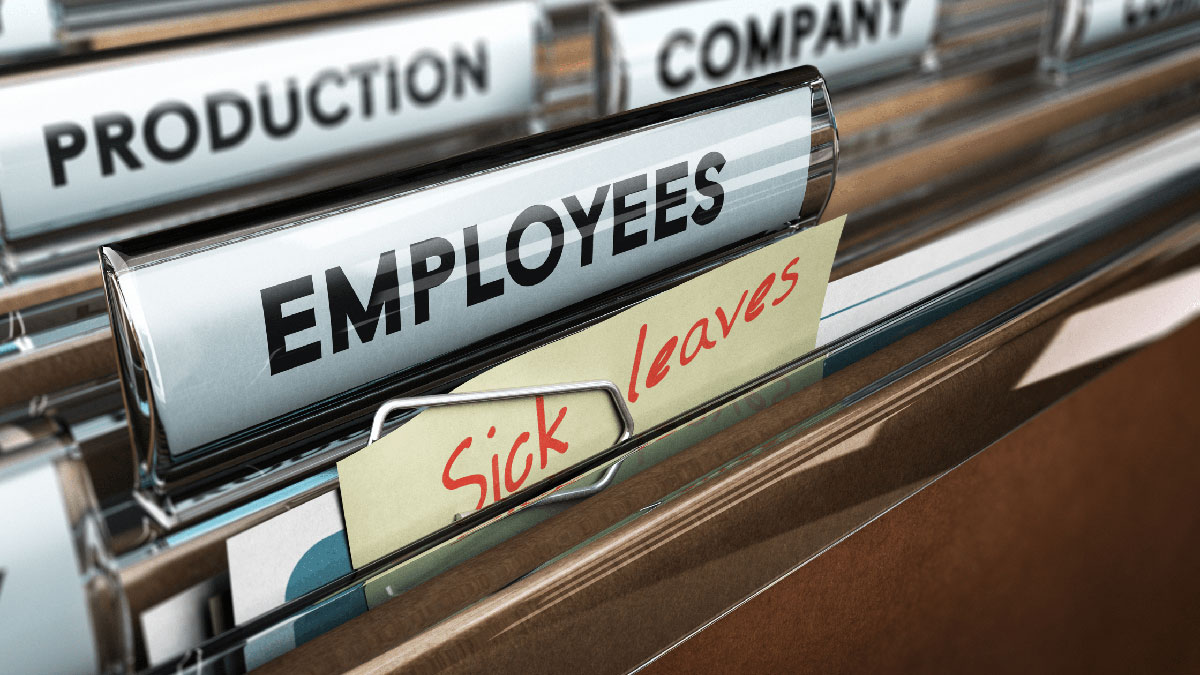SB95 What California Employers Need to Know

SB95 Signed By Governor Newsom
On March 19th, 2021, Governor Gavin Newsom signed SB95 expanding the requirement for California employers to provide
80 hours supplemental sick leave to employees affected by COVID-19. The law took effect immediately but provides employers
with a 10 day window to start providing sick leave. All California employers with more than 25 employees will be affected and
the law applies retroactively to January 1st, 2021.
Following are some of the issues that employers must know about. You can find the full details of the bill here.
SB95 Supplements Existing Legislation
SB95 does not expand upon existing legislation, it creates a separate bank of leave so even if California employers paid
supplemental sick leave to employees in 2021, they must create new leave banks for eligible employees in 2021.
An employer may not require an employee to use other paid or unpaid time off before the employee uses SB 95 leave.
SB 95’s paid sick leave is in addition to any paid sick leave available pursuant to California’s sick leave law, known as
the Healthy Workplace Healthy Family Act of 2014,
Who is Eligible?
Employees who are not able to work or telework for any of the reasons detailed in the legislation qualify for the paid leave.
No length of service is required to be eligible for leave. Employees may request the leave orally or in writing. Full time
employees qualify for 80 hours of COIVD-19 supplemental paid sick leave. If an employee is not considered full time,
his or her schedule and length of employment will determine the amount of leave entitlement.
Qualifying for Leave
Qualifying reasons for SB95 are as follows:
- The employee is subject to a quarantine or isolation period related to COVID-19 as defined by an order or
guideline of the state Department of Public Health, the federal Centers for Disease Control and Prevention
(CDC), or a local health officer with jurisdiction over the workplace. - The employee has been advised by a health-care provider to self-quarantine due to concerns related to
COVID-19. - The employee is attending an appointment to receive a vaccine for protection against COVID-19.
- The employee is experiencing symptoms related to a COVID-19 vaccine that prevents him or her from
being able to work or telework. - The employee is experiencing symptoms related to COVID-19 and is seeking medical diagnosis.
- The employee is caring for a family member who is subject to a quarantine for isolation order or has
been advised to self-quarantine. - The employee is caring for a child whose school or place of care is closed or otherwise unavailable for
reasons related to COVID-19.
Compliance Recommendations
Employers are encouraged to take these steps to ensure compliance with the new law:
- Educate and train human resources and payroll employees about the new supplemental paid sick leave
requirements. Employers might want to include in the training the new law’s impact on Cal/OSHA’s
emergency temporary standard (ETS) exclusion pay, as well as the requirement that the employer
replenish vacation, sick leave, and PTO banks for leave taken since Jan. 1, 2021 for a covered reason. - Direct payroll employees to create or reinstate a separate COVID-19 supplemental paid sick leave
designation on wage statements. - Watch for and post and/or electronically distribute the COVID-19 supplemental sick leave model
notice the labor commissioner issues.
About IEA
The Insurance Education (IEA) is the leading provider of professional development and training in
workers’ compensation, disability management and risk management. For full details on all of our
programs and services, visit our website.